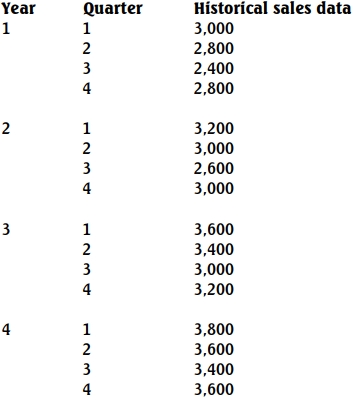- 1 Marks
MI – Nov 2020 – L1 – SA – Q1 – Forecasting Techniques
The question asks to calculate the Economic Order Quantity (EOQ) based on holding costs, ordering costs, and annual demand.
Find Related Questions by Tags, levels, etc.
- Tags: Cost Management, Decision Making, EOQ, Forecasting Techniques, Inventory Management, Operations
- Level: Level 1
- Topic: Forecasting Techniques
- Series: NOV 2020
Report an error

